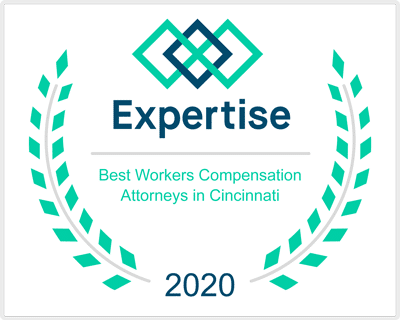In the world of workplace injuries, crush injuries tend to rank among the most severe and potentially debilitating incidents a worker can experience. Whether it’s the result of heavy machinery, a misplaced step, or a structural collapse, a crush injury at work can have long-lasting physical, mental, and financial repercussions.
For injured workers dealing with the aftermath of such trauma, understanding the nuances of filing a workers’ compensation claim becomes vital. Cincinnati workers’ compensation attorney Mark L. Newman, with his extensive experience in the field, understands the intricacies of securing financial compensation for things like lost wages, medical expenses, and other related costs for those who’ve suffered from a crush injury at work.
Below, we’ll dive into the various aspects of this workplace injury, including what it is, what causes it, and what to do if you experience a crush injury while on the job.
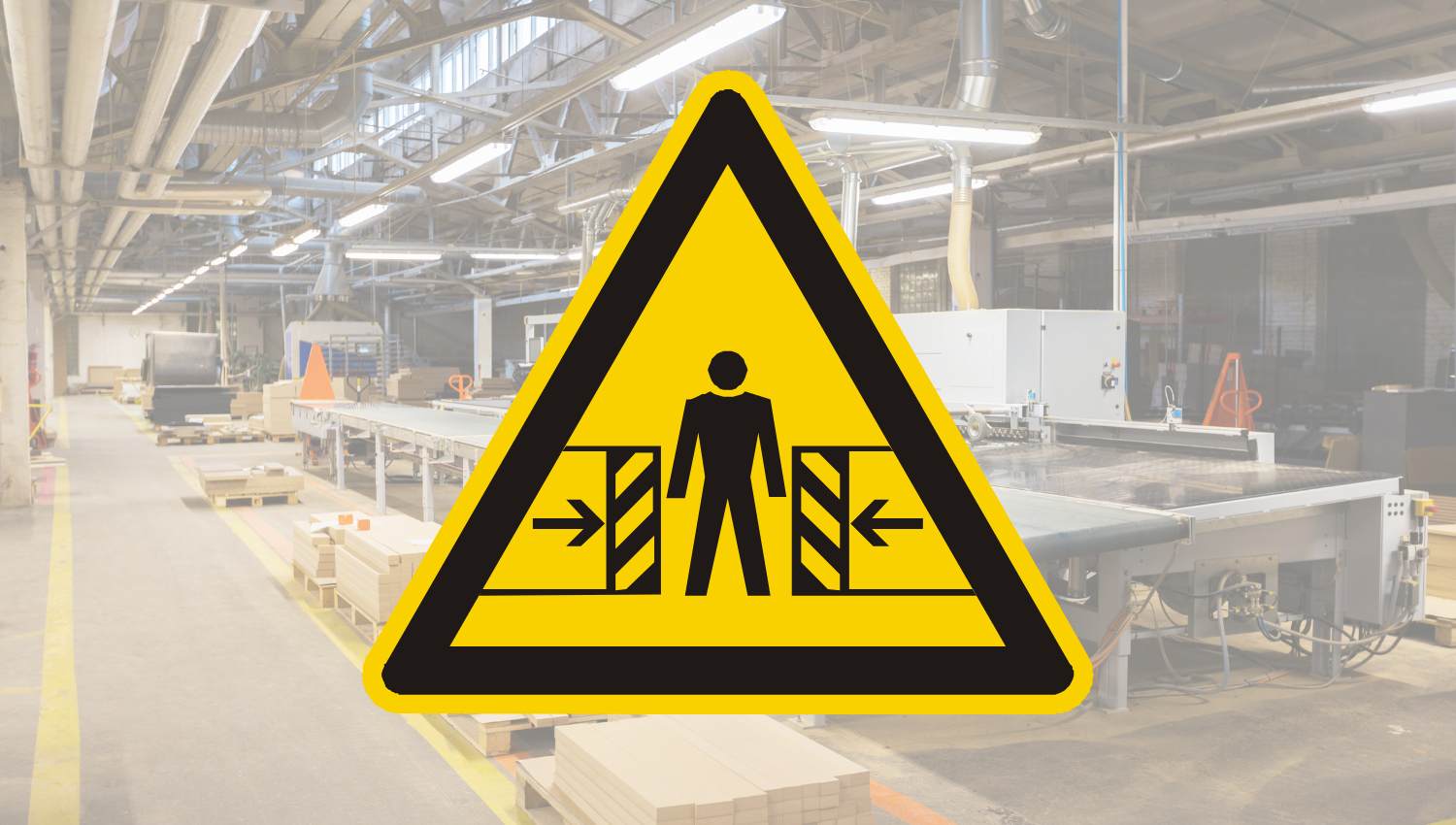
What is a Crush Injury?
Crush injuries, also known as crushing injuries, are typically very severe injuries that occur when a person’s body is subjected to a high level of force or pressure, usually between two hard objects or surfaces. These types of injuries can be extensive, impacting bones, muscles, tendons, and other soft tissues.
According to the Occupational Safety and Health Administration (OSHA), such injuries are a significant concern in various workplaces, especially in industries like construction or factory work where workers interact with heavy machinery or are at risk of being trapped between stationary and moving objects. The aftermath of crush injuries can be profound, requiring comprehensive medical intervention and prolonged recovery periods.
How Common Are Crush Injuries?
While the exact prevalence of crush injuries among all workplace incidents varies by industry and year, they remain a persistent concern, especially in sectors involving heavy machinery, construction, and manual labor. In fact, OSHA estimates that over 125,000 crush injuries occur every year. According to recent studies by the Bureau of Labor Statistics (BLS), over 90 workers suffered fatal injuries following a crush accident in 2020.
While crush injuries might not be among the most common types of workplace injury, their potential severity and the lasting impact they can have on workers underscore their significance in discussions about occupational safety.
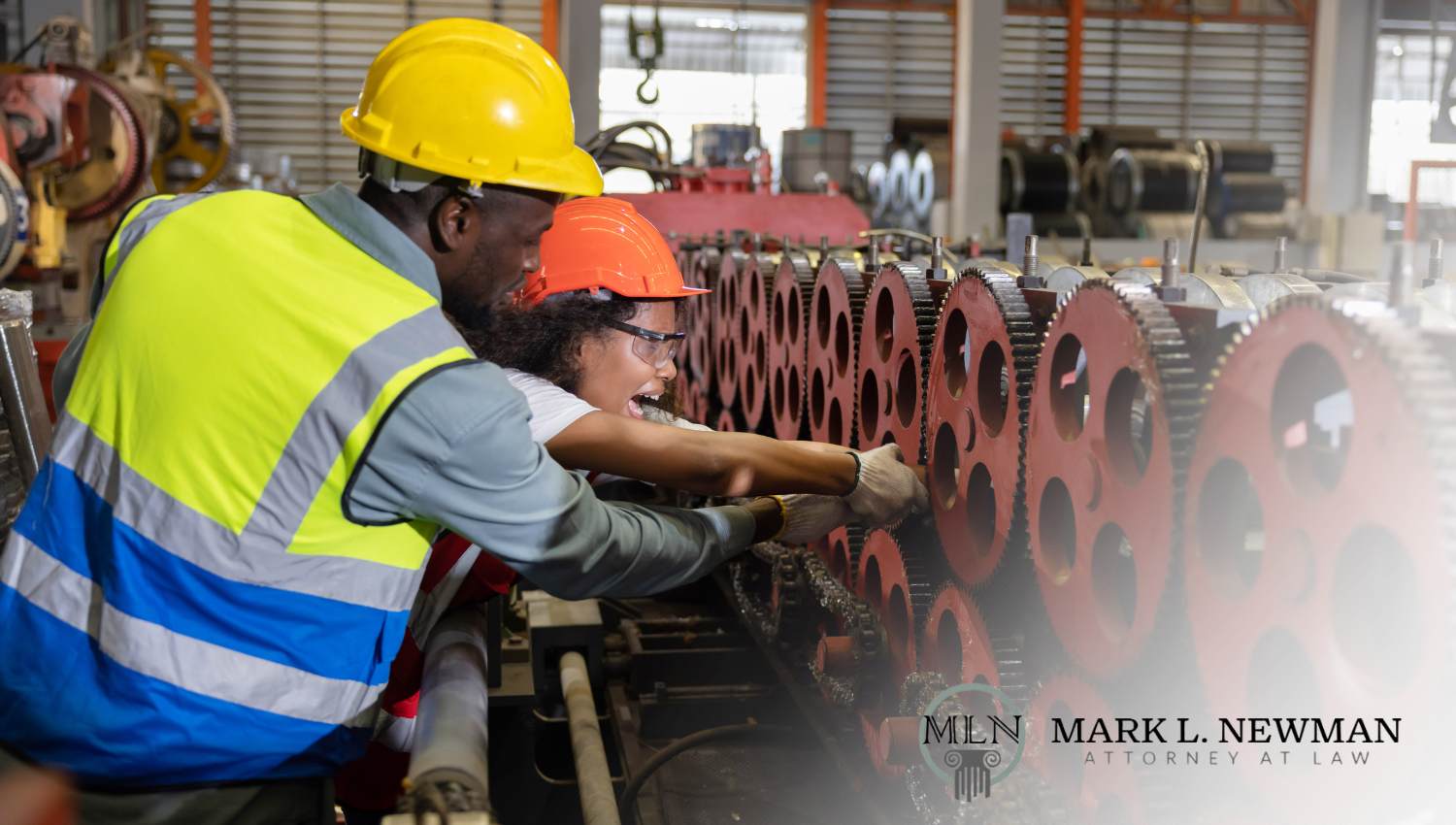
Types of Crush Injuries
Workplace crush injuries often result in catastrophic injuries that can follow a worker around for years, if not the rest of their life. Here are some of the different types of injuries that can stem from a crush accident:
- Traumatic Brain Injury (TBI): A significant force to the head during a crush incident can lead to traumatic brain injuries, which can have both short-term and long-term neurological implications.
- Spinal Cord Injuries: Depending on the area of impact, a crush injury can damage the spinal cord, leading to paralysis or other neurological issues.
- Nerve Injuries: The excessive pressure exerted during a crush incident can lead to severe nerve damage and a partial or complete loss of sensation and function in affected areas.
- Bone Fractures: The significant force of a crush accident can break or shatter bones.
- Soft Tissue Injuries: These encompass damage to muscles, tendons, and ligaments. Crush incidents can cause contusions, lacerations, or more severe forms of tissue damage that require surgical intervention.
- Amputations: Severe crush injuries can require the surgical removal of a limb or lead to traumatic amputation at the accident site.
- Internal Injuries: Organs can be damaged due to the force of the crush, leading to internal bleeding or organ failure.
- Crush Syndrome: This is a serious medical condition that occurs when crushed muscles release toxins into the bloodstream, potentially leading to kidney failure and other complications.
It’s crucial to understand that a single crush accident can lead to multiple types of injuries simultaneously, requiring the need for immediate and comprehensive medical assessment and care.
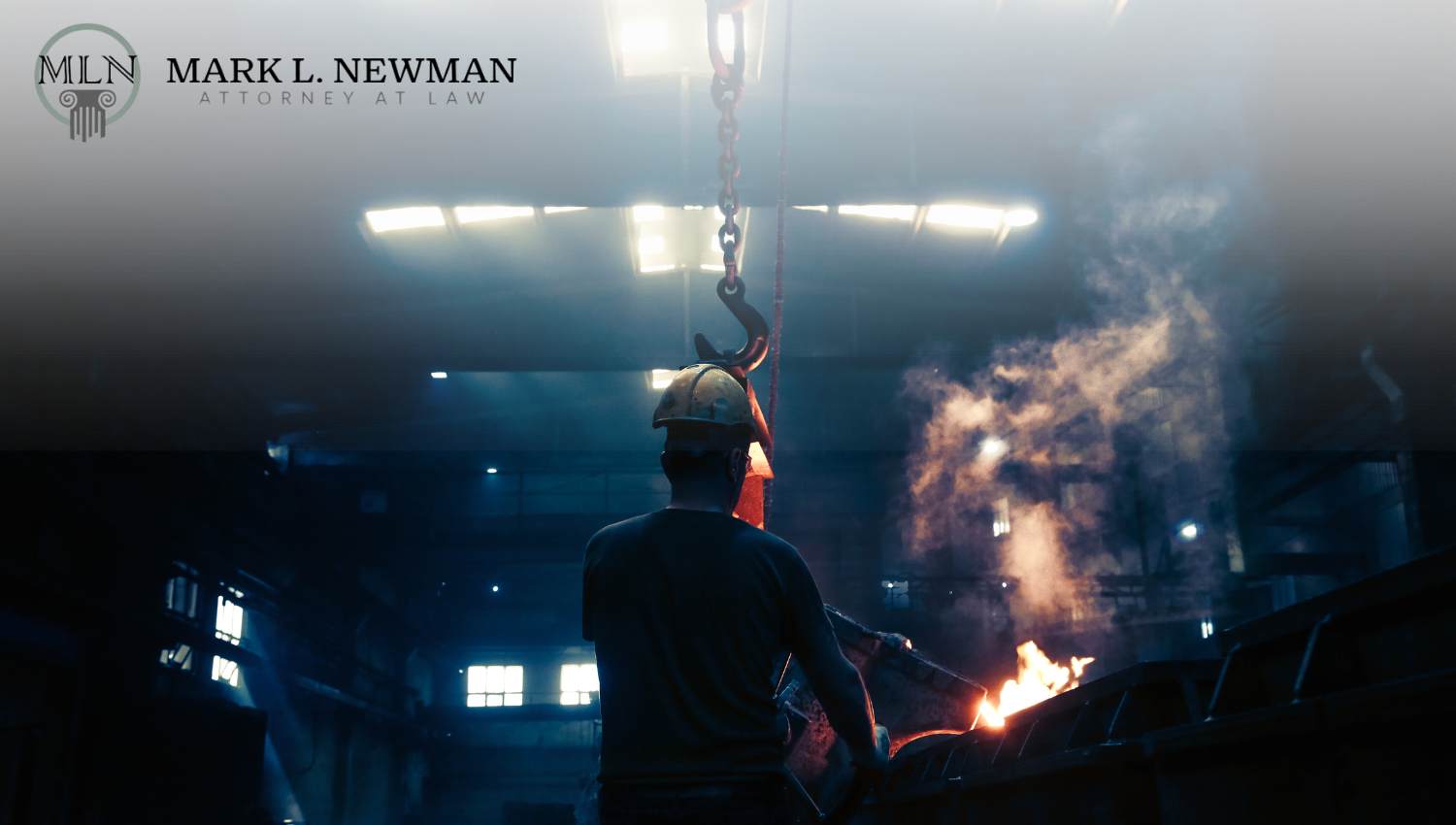
What Causes a Crush Injury?
Injuries in the workplace encompass a wide range of incidents, with crush injuries being among the most severe. Crush injuries occur when parts of the body are subjected to a high degree of force or pressure, typically between two hard and heavy objects. As such, construction workers and warehouse workers are particularly susceptible to these types of injuries due to these being high-risk occupations.
Crush accidents often happen in environments where heavy machinery is in use, or where there’s a risk of large objects falling or being displaced. Safety violations, such as the absence of safety barriers or the misuse of equipment, can escalate the risk. The lack of proper safety equipment, like protective footwear or gloves, can leave workers more vulnerable to crush injuries. Additionally, without proper training on machinery operation, handling materials, and understanding potential hazards, workers are at a higher risk of encountering situations that may lead to devastating crush injuries.
Crush Injury Complications
Suffering crush injuries can lead to serious complications in a worker’s body. When a body part is subjected to extreme force or pressure, the crush injury results in not just immediate damage but also the potential onset of subsequent medical conditions. One of the most severe complications is crush syndrome, a condition where damaged muscle tissue releases toxins into the bloodstream, posing risks to the kidneys and other vital organs.
Beyond the direct damage to the affected body part, victims might also face serious infections as a result of open wounds or compromised tissue. These infections can lead to further debilitating complications, including tissue death, systemic infections, and even death.
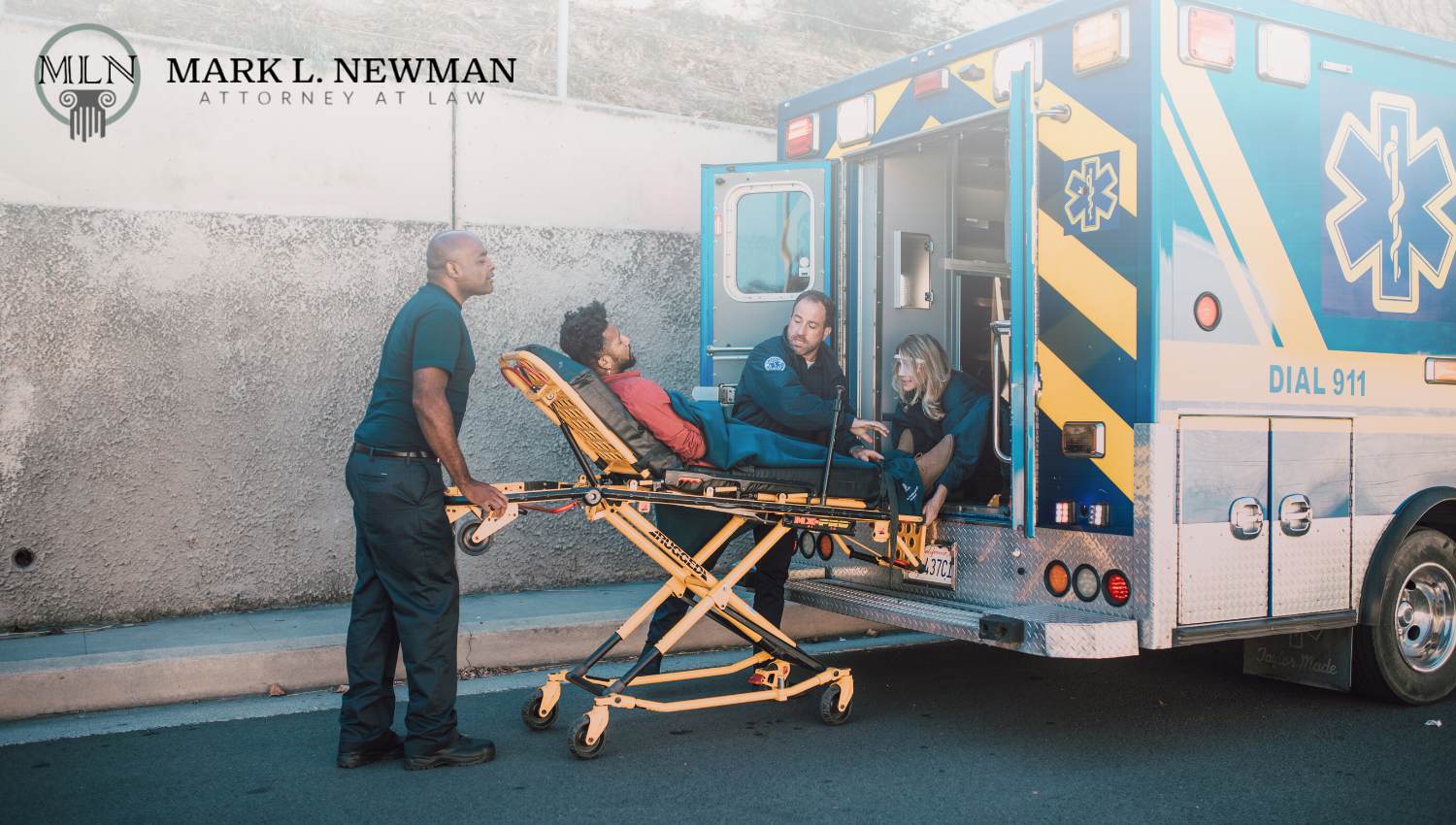
How To Treat a Crush Injury
Treating a crush injury involves a multi-faceted approach, tailored to the severity and location of the injury. Initially, doctors will prioritize stabilizing the patient and preventing further harm. This may involve relieving pressure from the crushed area, administering pain relief, and ensuring the patient’s airway, breathing, and circulation are unobstructed.
Immediate concerns also include addressing potential broken bones, open wounds, and controlling bleeding. Once stabilized, the focus shifts to the prevention of crush syndrome. This might require intravenous fluids and medications to maintain kidney function and balance electrolyte levels. Infections are another major concern, so antibiotics may likely be prescribed.
Surgical interventions could also be required to repair damaged tissues, relieve compartment pressures, or in extreme cases, perform amputations. Physical therapy and rehabilitation often play crucial roles in the recovery phase, aiding patients in regaining strength and functionality of the injured area. Throughout the treatment process, continuous monitoring and follow-up are crucial to ensure optimal recovery and address any emerging complications.
What To Do If You Experience a Workplace Crush Injury
If you experience a workplace crush injury, it’s incredibly important to seek medical attention immediately. Even if the injury seems minor initially, underlying damage can lead to complications or permanent impairment if left unattended.
Once you’ve secured medical treatment, it’s crucial to document all aspects of the injury, including how it happened and the extent of the damages. This documentation will be valuable when pursuing workers’ compensation or third-party injury claims. To navigate the complexities of workers’ compensation and ensure that your rights are protected, it’s important that you consult with an experienced attorney. They can guide you through the process, ensuring you receive the compensation you deserve, especially if the injury results in long-term or permanent impairment.
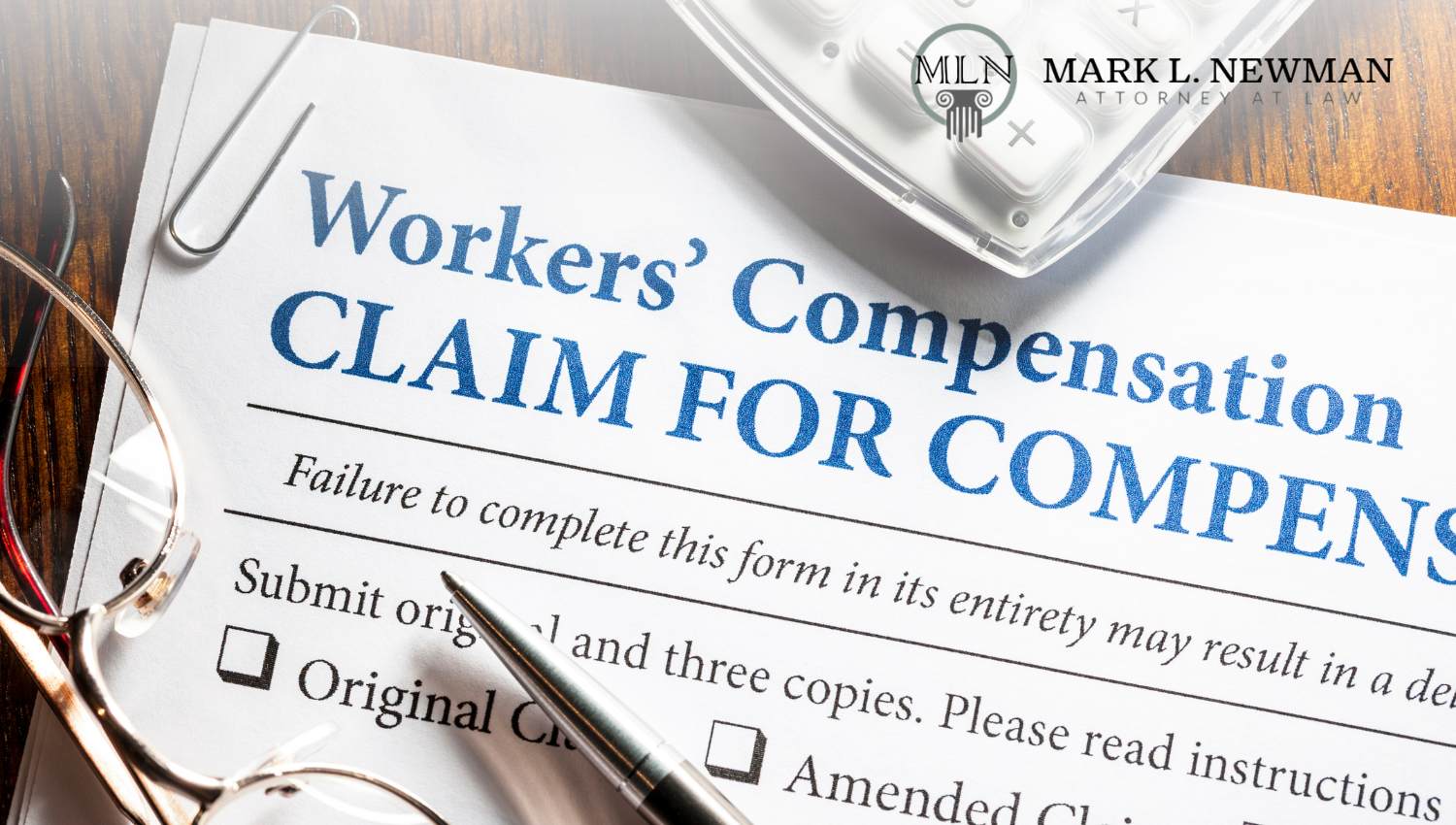
Ohio Workers’ Compensation Benefits for Crush Injuries
In Ohio, workers who sustain severe crush injuries on the job may be eligible for a range of workers’ compensation benefits. These benefits aim to address both the immediate and long-term impacts of the injury. For starters, medical costs arising from the injury are covered, ensuring that the worker receives necessary treatments without bearing the financial burden. If the worker is unable to return to work for an extended period due to the severity of the injury, they can claim compensation for lost income, ensuring financial stability during recovery.
If the crush injuries are so significant that they lead to a permanent disability, the worker might qualify for permanent disability benefits. These benefits can be critical in supporting those who are permanently disabled and unable to engage in any substantial gainful employment. Once a worker is deemed to reach maximum medical improvement (MMI), they are entitled to a permanent partial impairment award to compensate them for the residual impact of their injuries.
In the unfortunate event that severe crush injuries result in the death of a worker, death benefits come into play. These benefits, including compensation for funeral expenses and medical costs associated with the injury, are designed to provide financial support to surviving family members, alleviating the immediate financial strain and offering a sense of security.

Cincinnati Workers’ Compensation Attorney for Crush Injuries
Work crush injuries can be both physically and emotionally overwhelming for any injured worker and their family. Facing the repercussions of such an incident, including the stress of high medical bills, time away from work, and the intricacies of navigating the workers’ compensation claims process, can be daunting. That’s why understanding your rights and having an experienced legal professional by your side can make a world of difference.
Mark L. Newman has dedicated his career to assisting those affected by work-related injuries and occupational diseases in Cincinnati, Ohio and the surrounding areas. If you or a loved one is dealing with the complexities of filing a workers’ compensation claim, is here to guide you every step of the way, ensuring you receive the compensation and support you deserve.
To speak with an experienced Ohio workers’ compensation attorney regarding you or a loved one’s crush injuries, call (513) 533-2009 or complete this convenient online intake form today.




